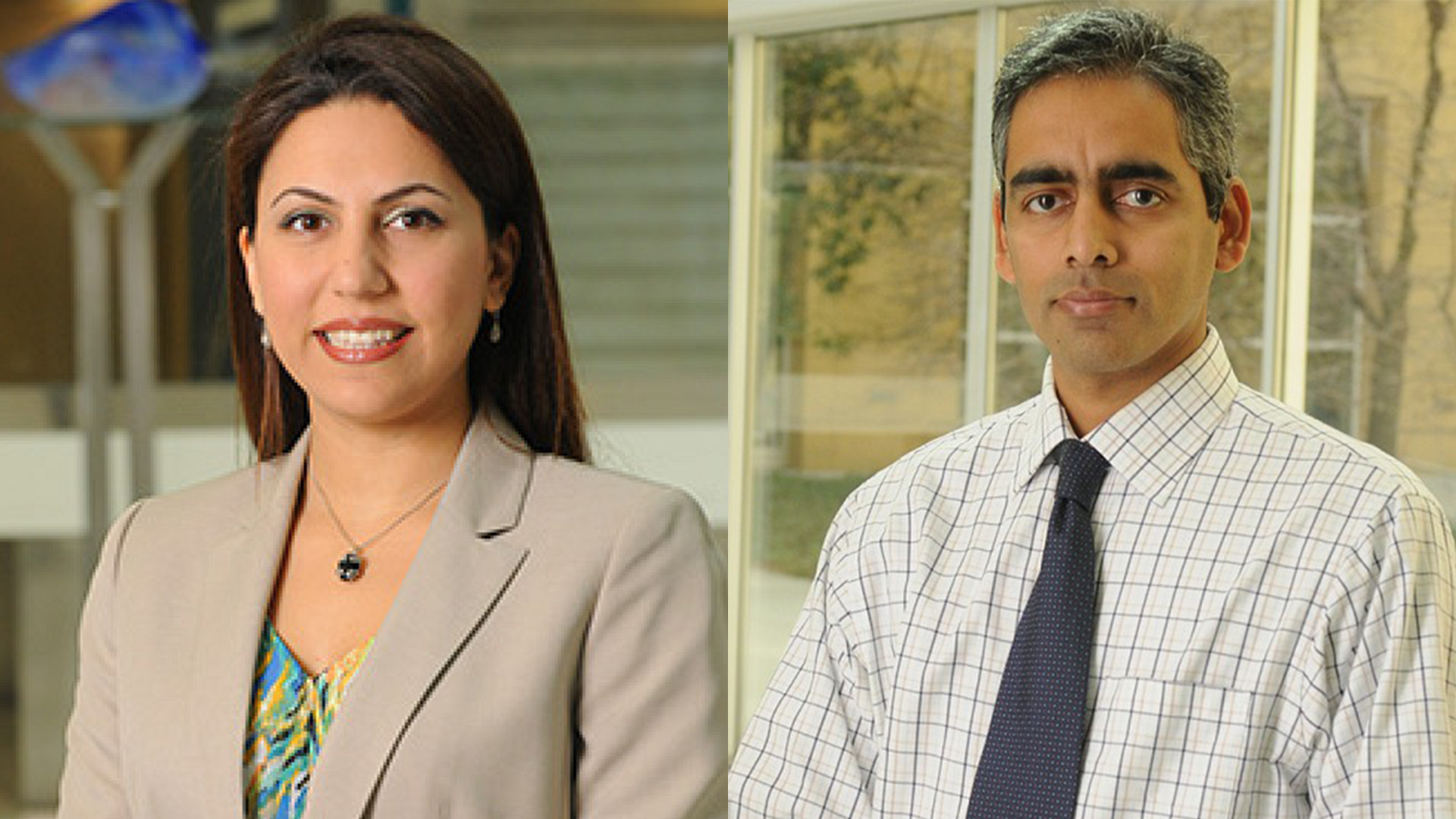In an op-ed published on the NonProfit PRO website on July 30, Scheller College of Business Assistant Professor Morvarid Rahmani and Associate Professor Karthik Ramachandran shared insights from their research on how nonprofits can maximize impact with limited budgets.
Nonprofits that address chronic issues such as homelessness and relationship abuse often have limited budgets. Due to health and safety reasons related to Covid-19, many agencies have shut their doors. The agencies that remain open now face even greater demands on their resources—as high unemployment rates make services more essential than ever.
Nonprofits that offer services to distressed clients face an additional, unique challenge in that clients regularly choose services that are mismatched for their needs. Helping clients obtain unsuitable services can compound the effects of already constrained operating budgets. While many agencies of this type offer thorough client advising in an effort to reduce mismatches, the lengthy process can prevent a person in need from receiving assistance in a timely manner. Thus, finding the right balance of guidance and service offerings is key to successful service design.
Rahmani and Ramachandran’s model-based investigation into the design of nonprofit services suggests that nonprofits with limited budgets can create greater social impact by focusing on a few key services instead of trying to do “everything for everyone.” The authors’ analysis has revealed three rules of thumb for designing an optimal service portfolio: (1) When funding is low, nonprofits can generate more social impact by offering a smaller subset of services. (2) When more funds are available, the first investment should be in providing guidance to clients about the appropriate services rather than increasing the breadth of offered services. (3) Earmarked funding can reduce the impact of guidance.
A research brief of the paper (published in the Sustainable Business Insights series) is available for download from the Ray C. Anderson Center for Sustainable Business (“Center”) at Georgia Tech Scheller College of Business. Rahmani and Ramachandran are both faculty affiliates of the Center. The research paper, written in collaboration with Priyank Arora from the University of Massachusetts Amherst, is accepted for publication at the Manufacturing & Service Operations Management (MSOM) journal and is also available online.

